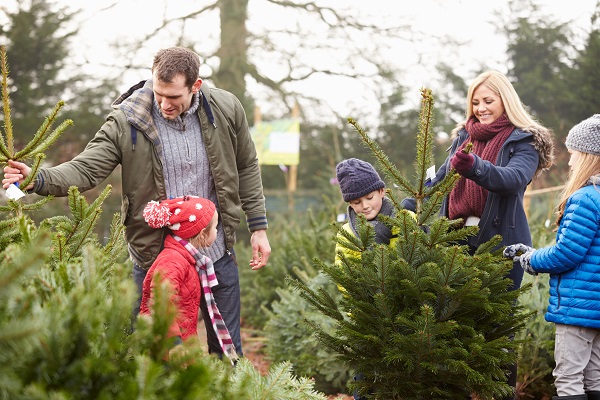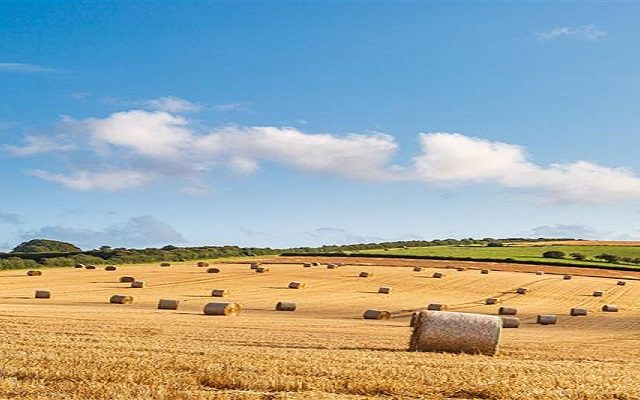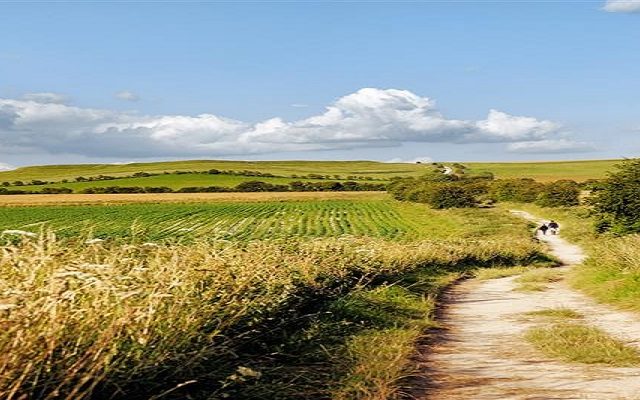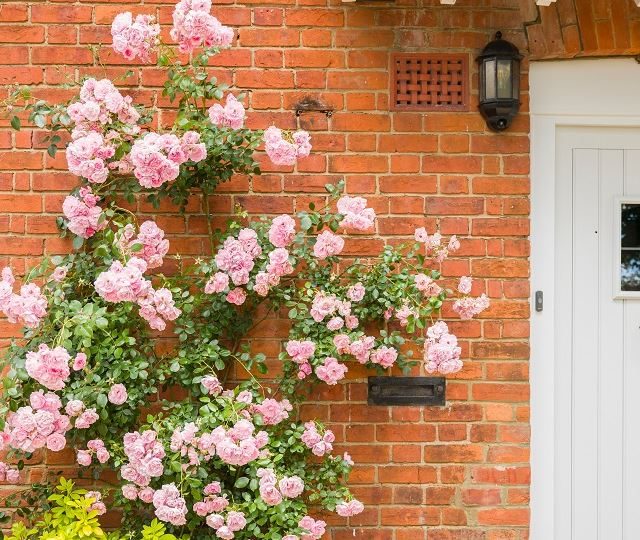The ins and outs of growing Christmas trees
A real Christmas tree is a non-negotiable part of the festive season for many people.
The British Christmas Tree Growers’ Association estimates that between 8-10m Christmas trees are sold in the UK each year. While artificial trees can be practical, for a lot of people they just don’t compete with the distinctive smell and look of a real tree.
Here’s what you need to know about growing and selling Christmas trees as a possible diversification.
What is the market like for Christmas trees?
The market for Christmas Trees can be financially rewarding, but unless you have a reliable distribution network and the facilities to handle large articulated lorries, most growers would be wise to stick to smaller volumes that can be sold directly to the consumer or through established local markets.
Even in tough economic times, such as those that we are currently experiencing, people still want a great Christmas for their families and a traditional, real Christmas tree remains in demand.
What sort of land do trees like?
Christmas trees are challenging to grow and susceptible to various pests and diseases. They require very good quality, well-drained soils to thrive as they hate having ‘wet feet’. Most trees are grown on a nine-year cycle to reach full maturity. The perfect tree is single stem, straight and with plenty of bushiness and with a tall straight leader on which to affix a star, angel or fairy.
How much management time is required?
They are labour intensive to grow as they require manual shaping with shears to obtain the classical conical shape and they need to be pruned at the bottom to fashion a ‘handle’ for ease of movement.
They also require fungicides and insecticides, as well as growth regulators, in the early stages to stop them bolting up too quickly and not filing out sufficiently around the girth.
Harvesting is also a heavy manual activity in the cutting, loading and hauling, and it is a sector which still relies heavily on migrant labour.
A critical part of early tree care is to protect the leader, which is the top shoot of the tree and where the growth of the tree comes from. The bud at the top is fleshy and particularly tasty to the local bird population who like to sit on top of the leader and peck it out. To stop the birds reaching the leader a brightly coloured windmill on a stick is attached to the top of the tree and this prevents them from sitting on the tree and eating the bud.
What are the most popular species?
The two main species that are grown in the UK are the Nordmann Fir and the traditional Norway spruce. The Nordmann Fir is a non-drop, bushy tree which has gained huge popularity and outsells the more fragrant, but thinner and needle-dropping Norway Spruce by a ratio of at least 3:1.
Recent initiatives in the market have seen a large increase in pot-grown trees that still have their root balls attached and can be re-planted back in the garden after Christmas and ready for the following year.
The sale of Christmas trees over the internet is also proving increasingly popular with delivery being made directly by courier. The age-old problem of what to do with your unwanted tree after Christmas has been somewhat solved by the setting up of tree collection and recycling services.
David Slack is a senior director and Head of Northern Estates and Farm Agency. He is a former managing director of Yattendon Estates in Berkshire which each year sells thousands of Christmas trees to the wholesale market and direct to the general public through a Christmas retail operation.






